This is the fifth and final part in a series of short posts offering insights to different topics for the 19/20 Premier League season. Previously, I considered VAR, Expected Goals, Possession and Team Performances (see posts below).
Success probabilities based on bookmaker odds are the topic of this post.
According to bookmaker odds (adjusted for the overround), the home team had a 44% chance of success on average last season. There was a 32% chance of an away win and 24% chance of a draw. These are means and success probabilities vary by club.
The chart below shows the these average probabilities for each club in descending order from Manchester City (80% chance of a home win) to Norwich (27.5% chance of a home win).
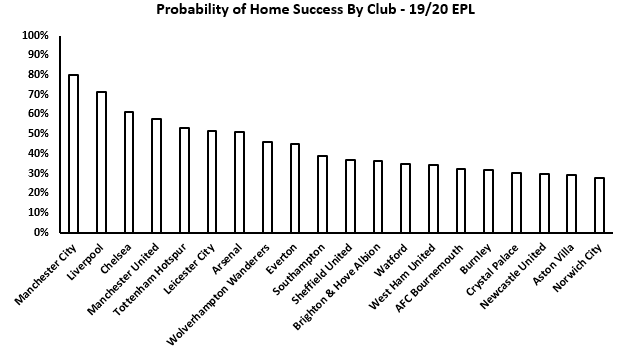
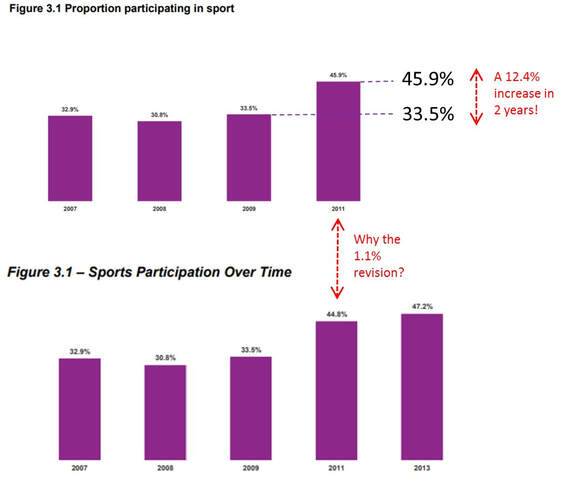

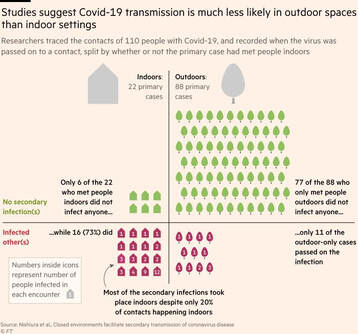
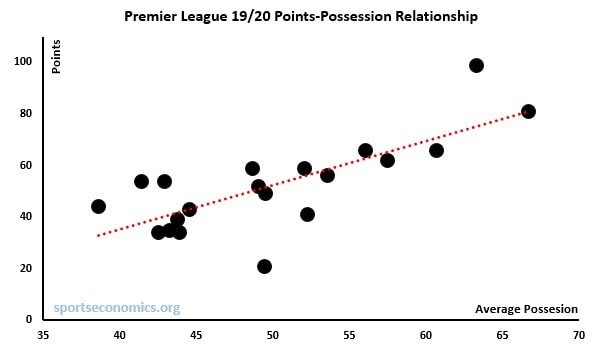
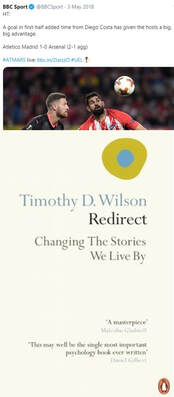

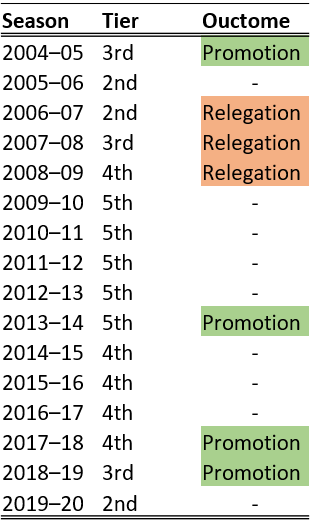
 RSS Feed
RSS Feed